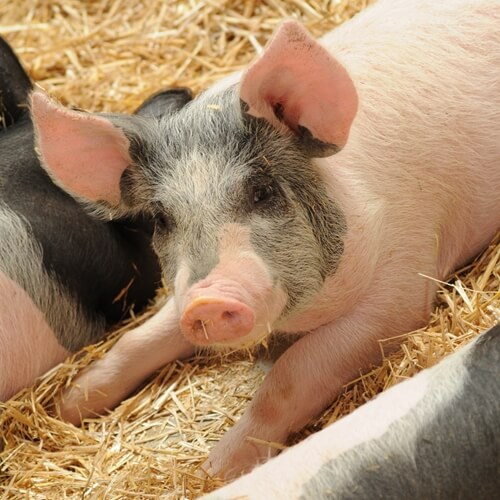The Scrapple Renaissance
Scrapple is one of the lesser-known pork products that can be found on supermarket shelves. Made from ground up pig head, offal and cornmeal, the popular regional dish is often off-putting to those who have never tried it. However, scrapple enjoys a fierce local following among those who have been partaking in the dish for years.
Scrapple has its origins in the German settlers of Pennsylvania who created the dish as a cheap way of feeding those who had helped with the pig slaughter. Pork was a popular food for the settlers who found pigs to be increasingly easy to care for. They would wander into the forest and feed themselves before returning to the barn to sleep, and eventually, become dinner. In addition, sausage making and various other types of charcuterie allowed pork to be preserved without the need for refrigeration.
In order to cook scrapple, you must first cut it into slices. It comes packaged as a brick which is traditionally sliced and fried as a breakfast food item. The trick is to cut it to just the right thickness. Too thin, and your scrapple will burn, too thick and the center will liquefy creating quite an unpleasant sensation when you bite into it. Fried scrapple can be made into a delicious breakfast sandwich or just eaten as a side.
The previously-unknown dish is enjoying a revival of sorts thanks to renewed interest in sustainable farming practices and traditional food preparations. Making scrapple is a way of utilizing the entire pig after butchering, a sustainable meat-production practice. In addition, it presents an alternative to food industry titans like Bob Evans and Jimmy Dean whose breakfast sausage is the product of an industry that many view as dangerous to the environment and people’s health.
Online culinary school students would do well to start experimenting with possible applications of the new breakfast meat.


